Light fantastic: the Montreal Museum of Fine Arts' new pavilion is a cultural beacon

As Americans grapple with the aftermath of their recent presidential election results, their neighbours to the north offer a welcome cultural respite: the Michal and Renata Hornstein Pavilion for Peace in Montreal, Quebec. Opening to the public on 19 November, the CAN$25 million (approximately £15 million, at current exchange) building is the latest addition to the Montreal Museum of Fine Arts (MMFA) and the first in a group of infrastructure projects planned for the Canadian city’s 375th anniversary, in 2017. The six-storey structure is intimate in scale yet wildly ambitious in scope, tracing the story of art from the Renaissance to Richter.
Designed by the competition-winning consortium of Atelier TAG and Jodoin Lamarre Pratte Architectes, the 5,000 sq m building is the fifth in the MMFA campus of connected pavilions that showcase an encyclopaedic collection spanning some 40,000 works. Its name is a nod to the history of Montreal – where the 'Great Peace' treaty between France and the First Nations of North America was signed in 1701 – and to the humanist mission championed by the museum’s director and chief curator Nathalie Bondil. 'It’s important to go beyond the history of art in order to encompass a broader set of values, to be more inclusive, to talk to everybody,' she says. 'Everybody is touched by peace.'
Veiled in a filigree of aluminium rods that unifies its two stacked volumes (while also limiting glare and heat gain), the Pavilion for Peace is also named for the late couple who donated 100 of the most stunning paintings displayed within it. The Hornsteins – Polish-born Holocaust survivors who settled in Montreal in 1951 – had a sharp eye for Old Masters, and so the densely hung galleries are studded with canvases from the golden age of Dutch and Flemish painting, including luminous works by the likes of Jan Steen, Jan Brueghel, Jacob van Ruisdael and Willem van Aelst. Two floors are dedicated to educational programs, including dedicated space for art therapy initiatives.

The six-storey structure is both intimate and ambitious
'My parents knew that art has the power to bring people together, to foster understanding, tolerance and dialogue across great divides, and above all, to heal the human spirit,' says Sari Hornstein, who grew up surrounded by many of the works installed in the new building. 'It’s going to be a destination,' adds her brother, Norbert. 'People will come to Montreal just to see this collection.'
The design ensures that they’ll see the city at the same time. An 'event stairway' visible through the gleaming latticework leads visitors on an architectural promenade, offering views of the surrounding cityscape – a mix of low-slung Victorian houses and brutalist towers unified by the pavilion’s own layering of concrete and wood – to punctuate their movement through the history of art. 'It creates an interface between the galleries and the city at large,' explains architect Katsuhiro Yamazaki of Montreal-based Atelier TAG. 'The organisation of the building stems from a desire to make spaces where impromptu encounters and individual reflection can happen simultaneously.'
Bondil embraced the counterpoint provided by the circulation spaces, using the naturally illuminated landings to create 'The Path of Peace': a circuit of contemporary artworks that include Antony Gormley’s Turn V (2013), Eric Fischl’s Tumbling Woman (2002), and Jean-Michel Othoniel’s Peony Knot (2015), a monumental bloom of mirrored glass beads that hangs from the ceiling. 'The strolling space is an invitation to discovery, rest and reflection,' says Bondil. 'Peace must be heard in the present tense through the voices of today’s artists.'
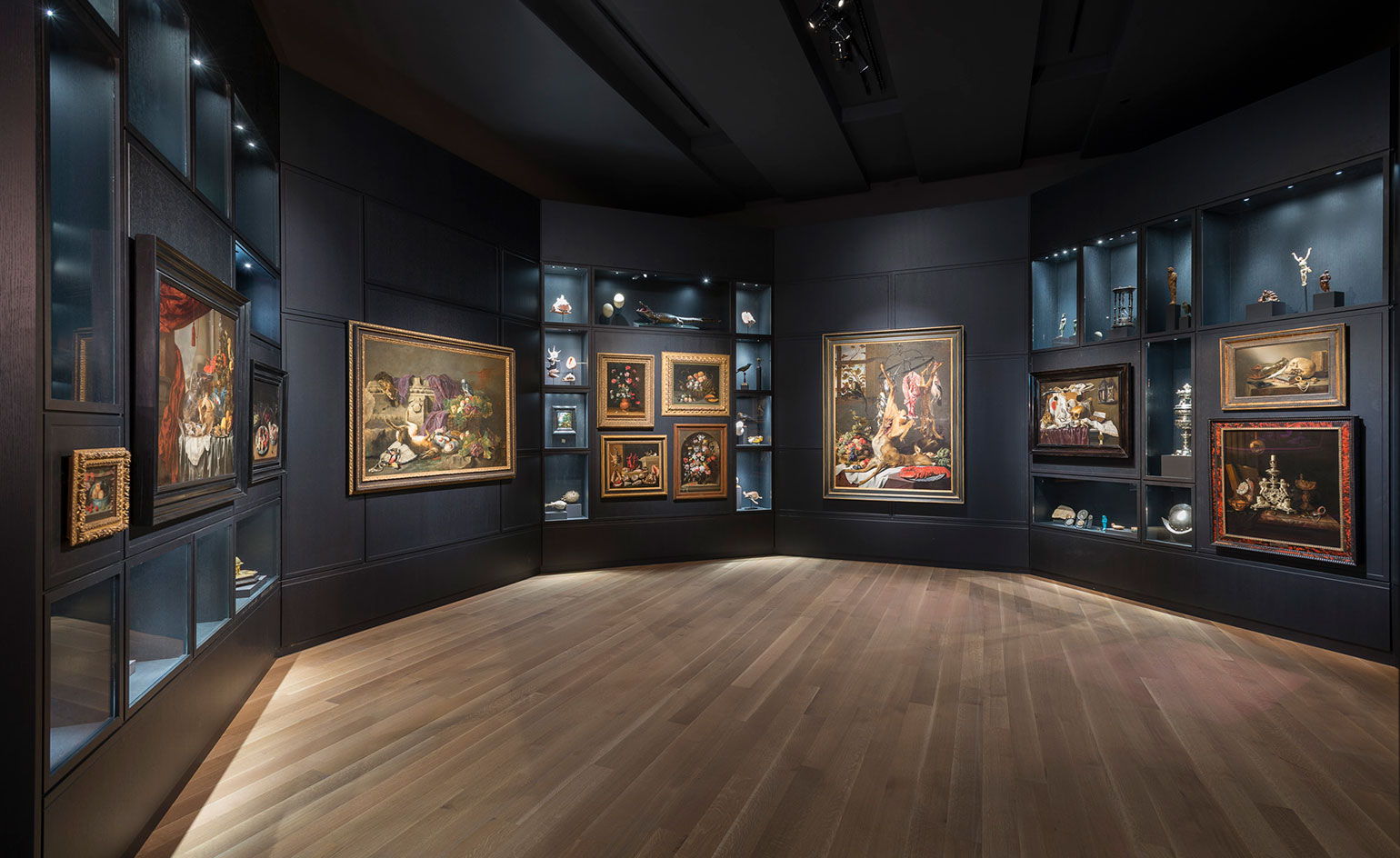
The result of a collaboration between Atelier TAG and Jodoin Lamarre Pratte Architectes, the project houses some 100 artworks donated by the Hornsteins to the museum

The fabulously illuminated staircase areas are used for special art displays
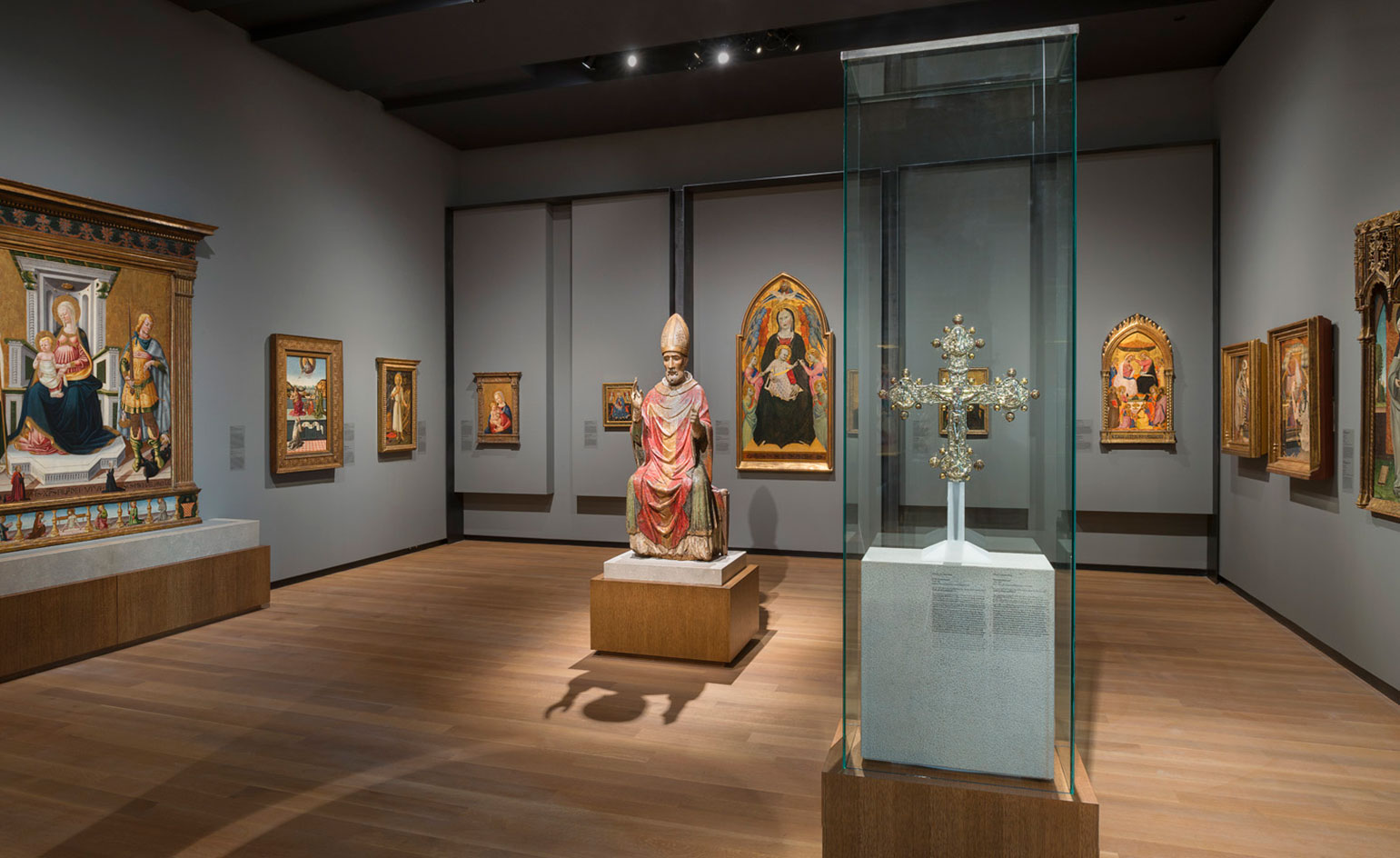
Apart from the art galleries, two floors are dedicated to educational programs, including dedicated space for art therapy initiatives
INFORMATION
For more information visit the Jodoin Lamarre Pratte Architectes’ website and the Atelier TAG website
ADDRESS
Montreal Museum of Fine Arts
1380 Sherbrooke Street West
Jean-Noël Desmarais Pavilon
Montreal
Receive our daily digest of inspiration, escapism and design stories from around the world direct to your inbox.
Stephanie Murg is a writer and editor based in New York who has contributed to Wallpaper* since 2011. She is the co-author of Pradasphere (Abrams Books), and her writing about art, architecture, and other forms of material culture has also appeared in publications such as Flash Art, ARTnews, Vogue Italia, Smithsonian, Metropolis, and The Architect’s Newspaper. A graduate of Harvard, Stephanie has lectured on the history of art and design at institutions including New York’s School of Visual Arts and the Institute of Contemporary Art in Boston.
-
 We asked six creative leaders to tell us their design predictions for the year ahead
We asked six creative leaders to tell us their design predictions for the year aheadWhat will be the trends shaping the design world in 2026? Six creative leaders share their creative predictions for next year, alongside some wise advice: be present, connect, embrace AI
-
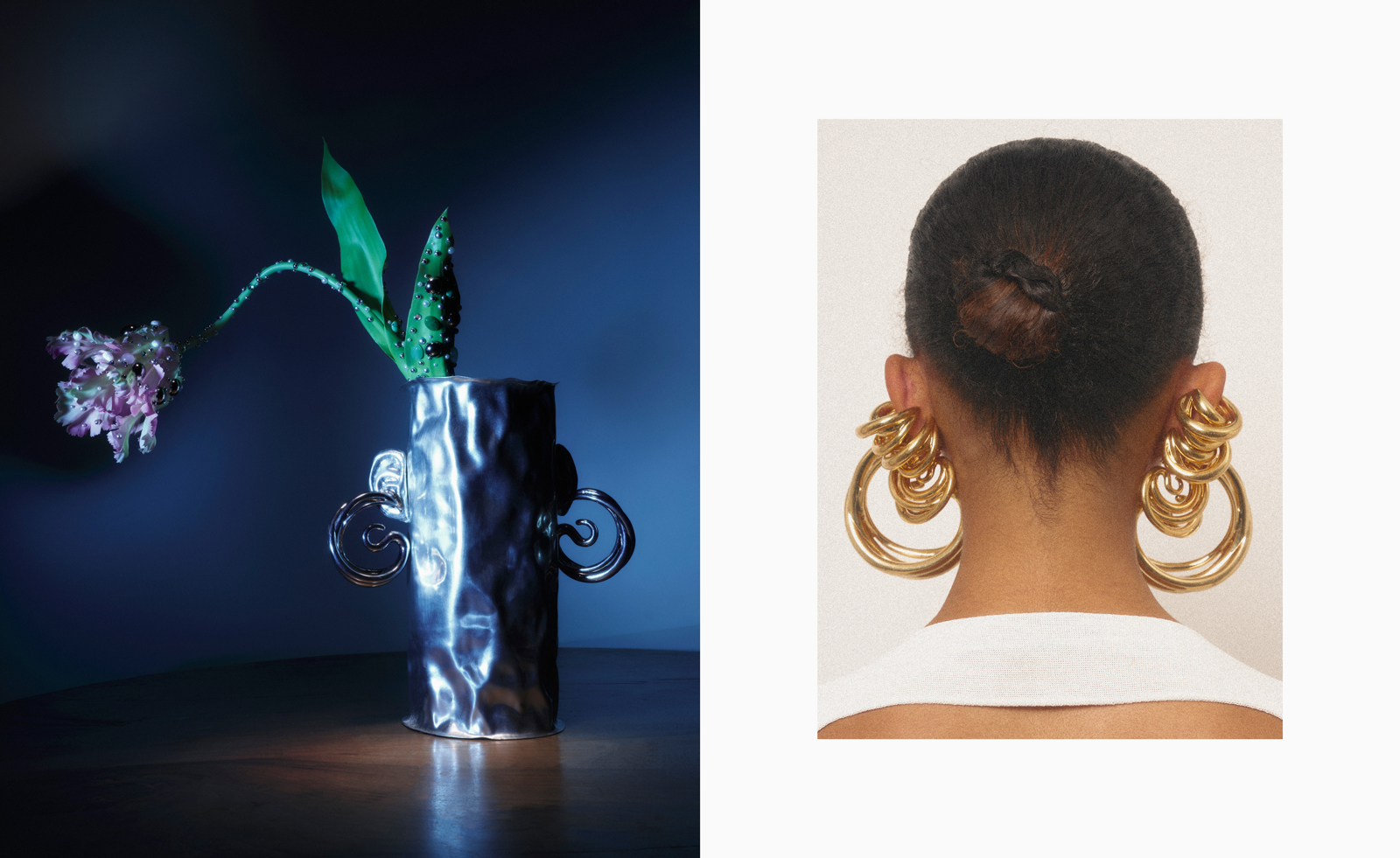 10 watch and jewellery moments that dazzled us in 2025
10 watch and jewellery moments that dazzled us in 2025From unexpected watch collaborations to eclectic materials and offbeat designs, here are the watch and jewellery moments we enjoyed this year
-
 Patricia Urquiola reveals an imaginative inner world in ‘Meta-Morphosa’
Patricia Urquiola reveals an imaginative inner world in ‘Meta-Morphosa’From hybrid creatures and marine motifs to experimental materials and textiles, Meta-Morphosa presents a concentrated view of Patricia Urquiola’s recent work
-
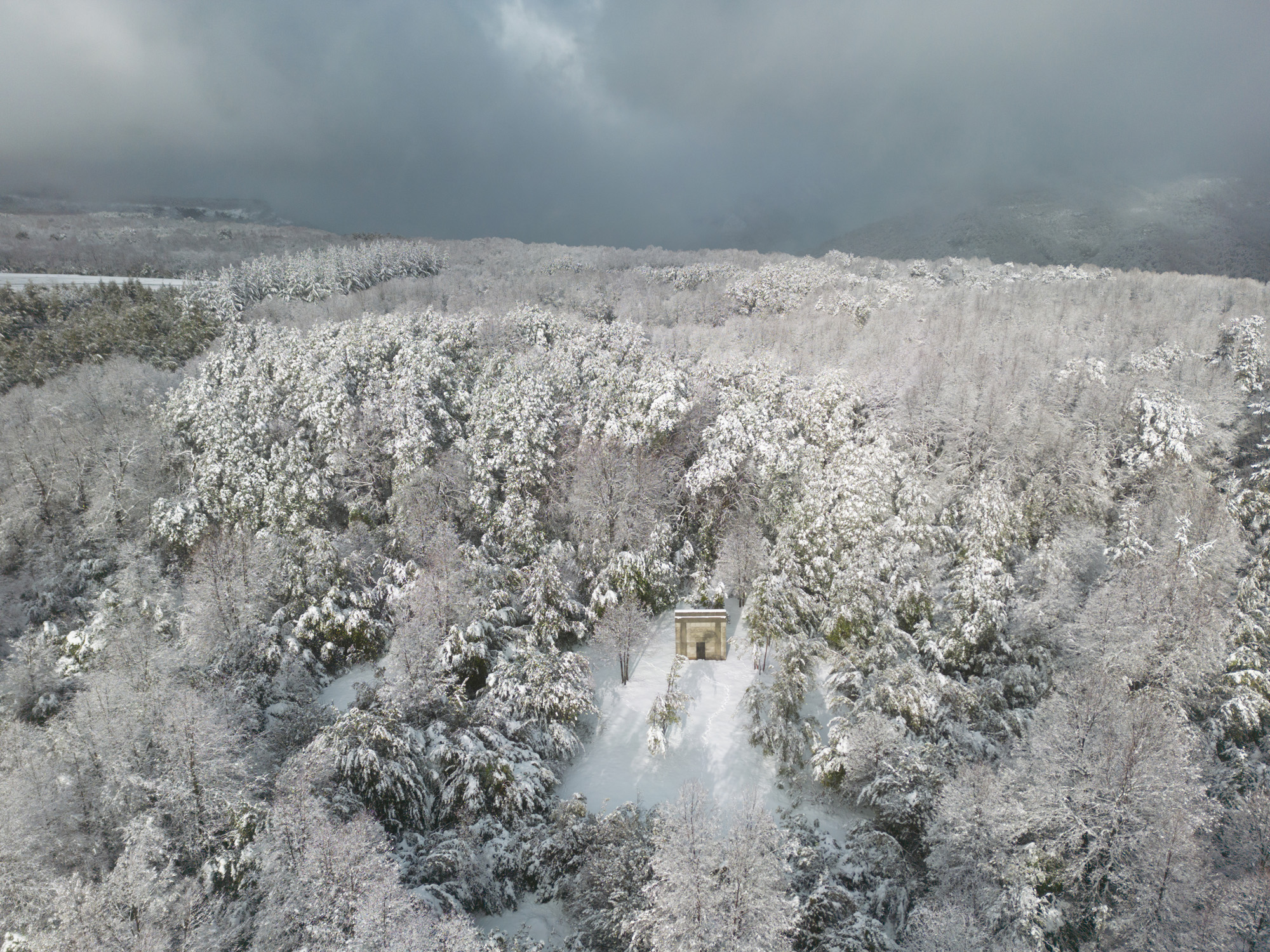 A Chilean pavilion cuts a small yet dramatic figure in a snowy, forested site
A Chilean pavilion cuts a small yet dramatic figure in a snowy, forested siteArchitects Pezo von Ellrichshausen are behind this compact pavilion, its geometric, concrete volume set within a forest in Chile’s Yungay region
-
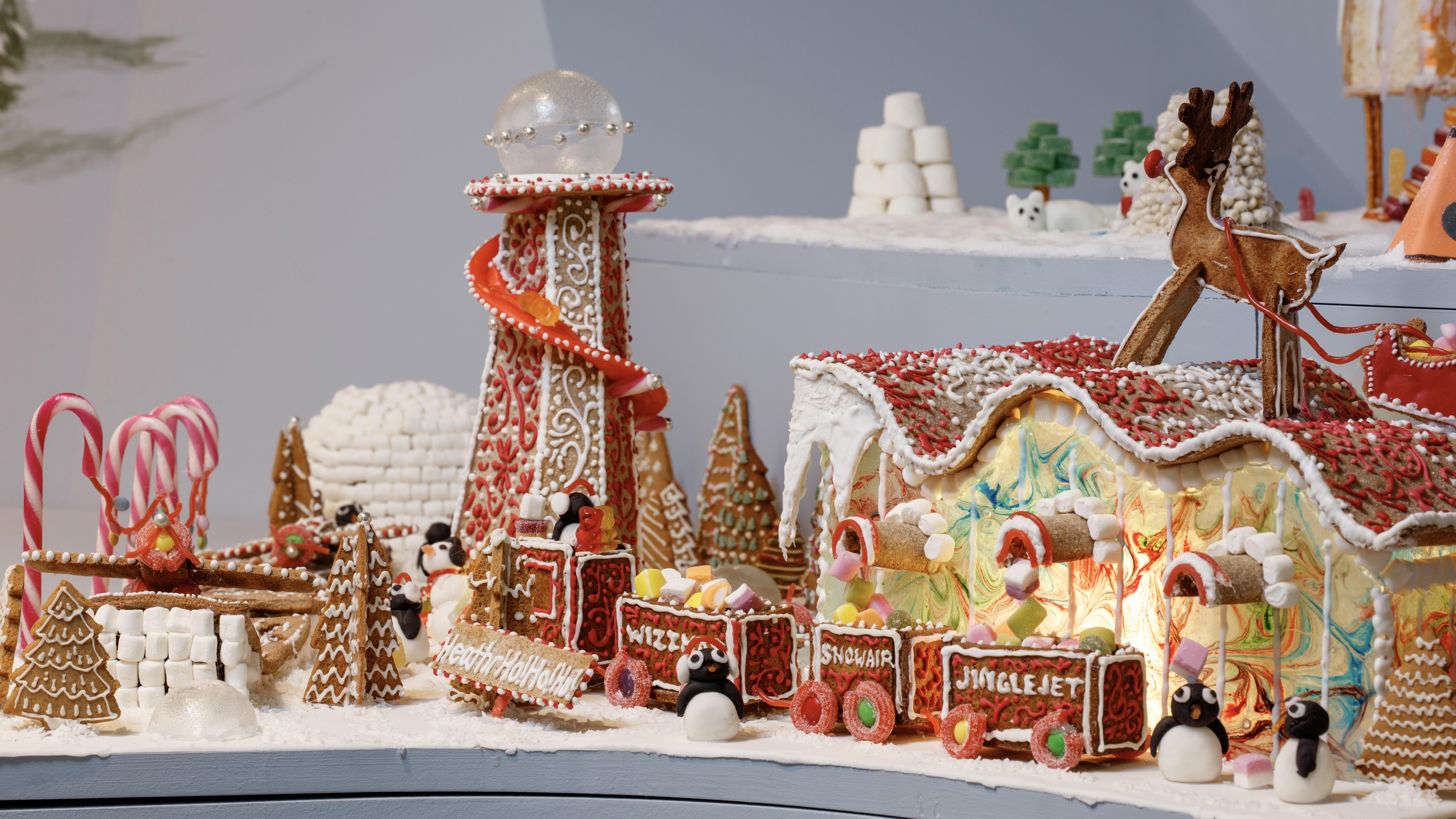 Welcome to The Gingerbread City – a baked metropolis exploring the idea of urban ‘play’
Welcome to The Gingerbread City – a baked metropolis exploring the idea of urban ‘play’The Museum of Architecture’s annual exhibition challenges professionals to construct an imaginary, interactive city entirely out of gingerbread
-
 The Architecture Edit: Wallpaper’s houses of the month
The Architecture Edit: Wallpaper’s houses of the monthFrom Malibu beach pads to cosy cabins blanketed in snow, Wallpaper* has featured some incredible homes this month. We profile our favourites below
-
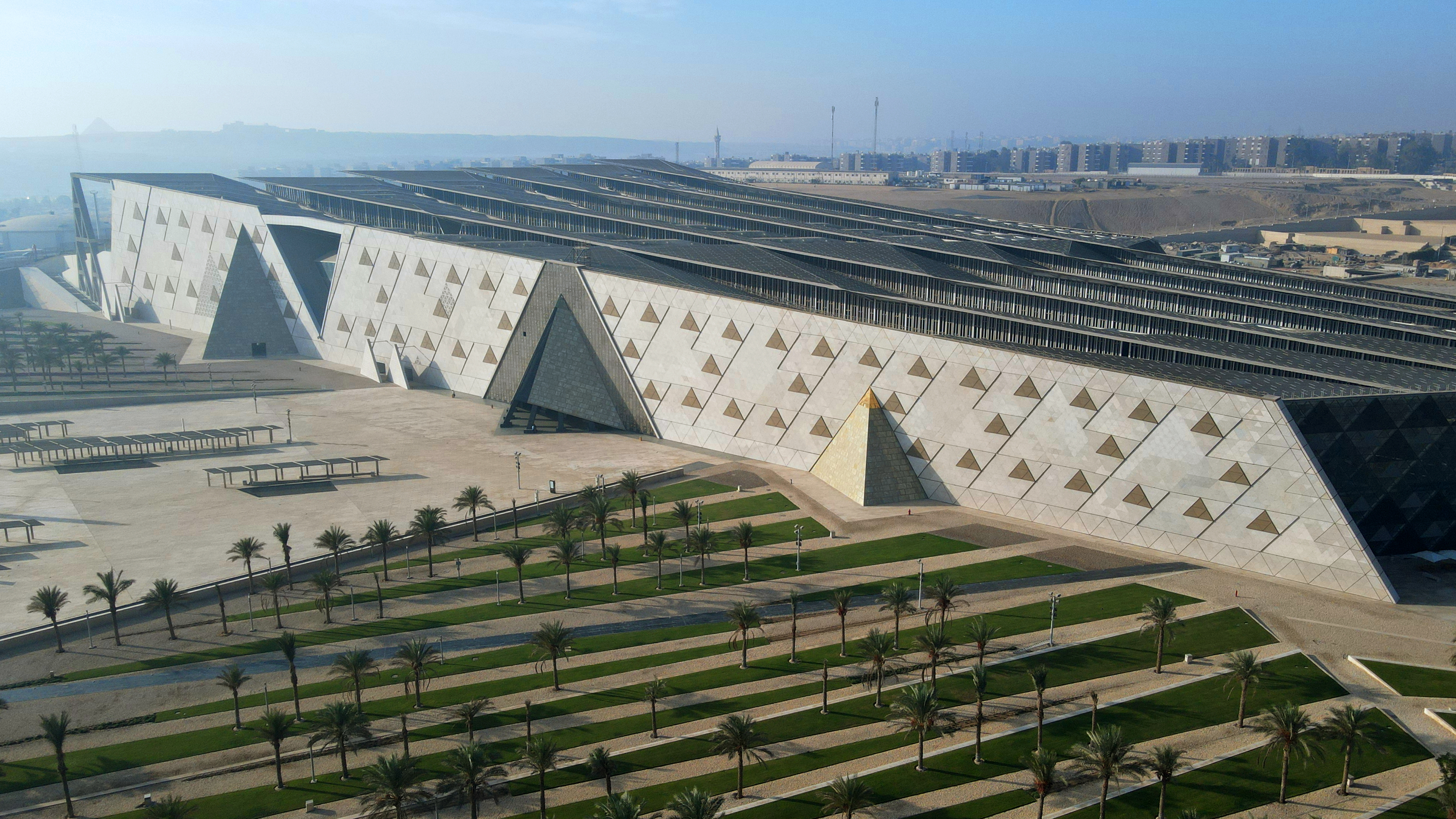 The Grand Egyptian Museum – a monumental tribute to one of humanity’s most captivating civilisations – is now complete
The Grand Egyptian Museum – a monumental tribute to one of humanity’s most captivating civilisations – is now completeDesigned by Heneghan Peng Architects, the museum stands as an architectural link between past and present on the timeless sands of Giza
-
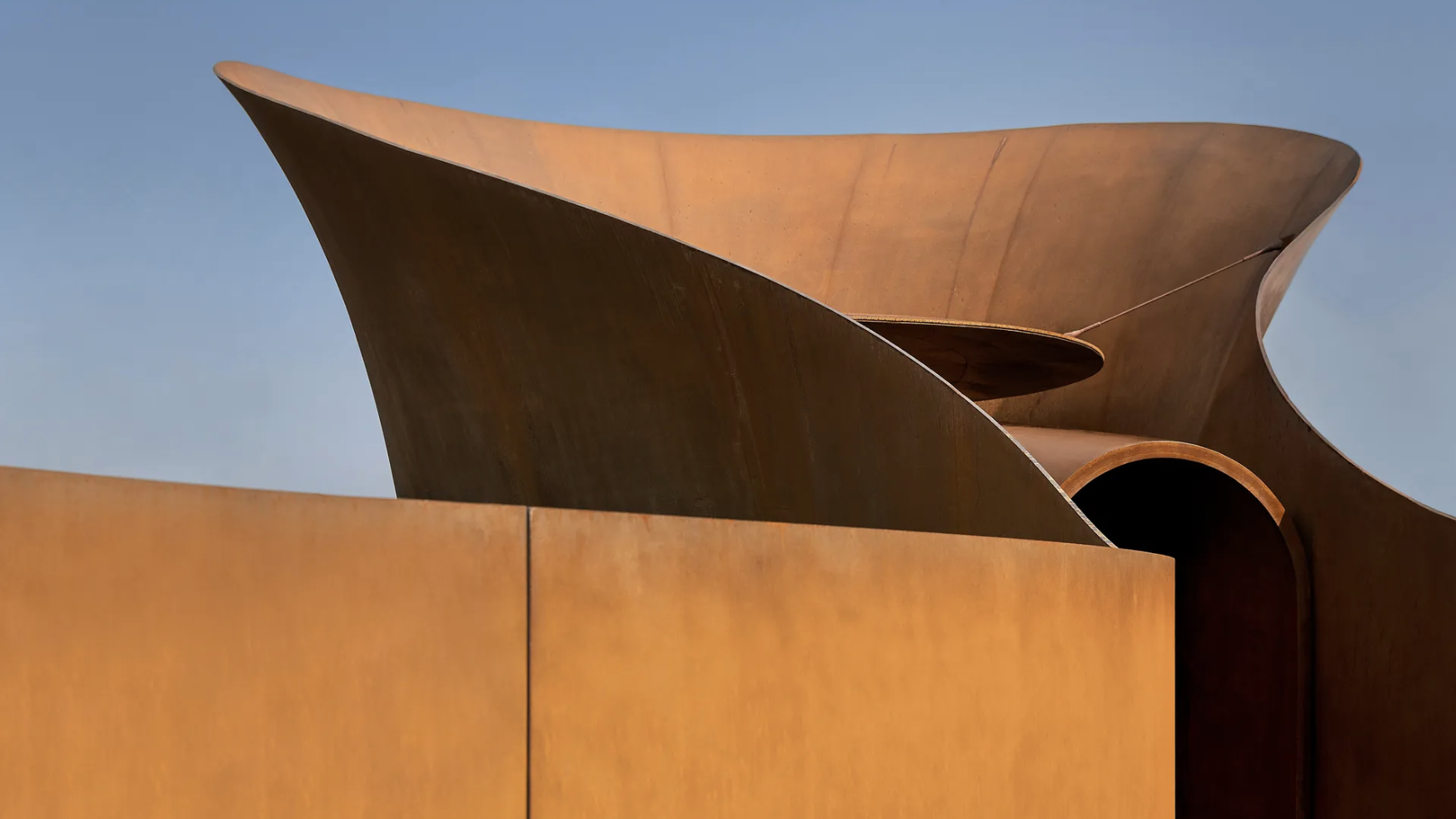 Doshi Retreat at the Vitra Campus is both a ‘first’ and a ‘last’ for the great Balkrishna Doshi
Doshi Retreat at the Vitra Campus is both a ‘first’ and a ‘last’ for the great Balkrishna DoshiDoshi Retreat opens at the Vitra campus, honouring the Indian modernist’s enduring legacy and joining the Swiss design company’s existing, fascinating collection of pavilions, displays and gardens
-
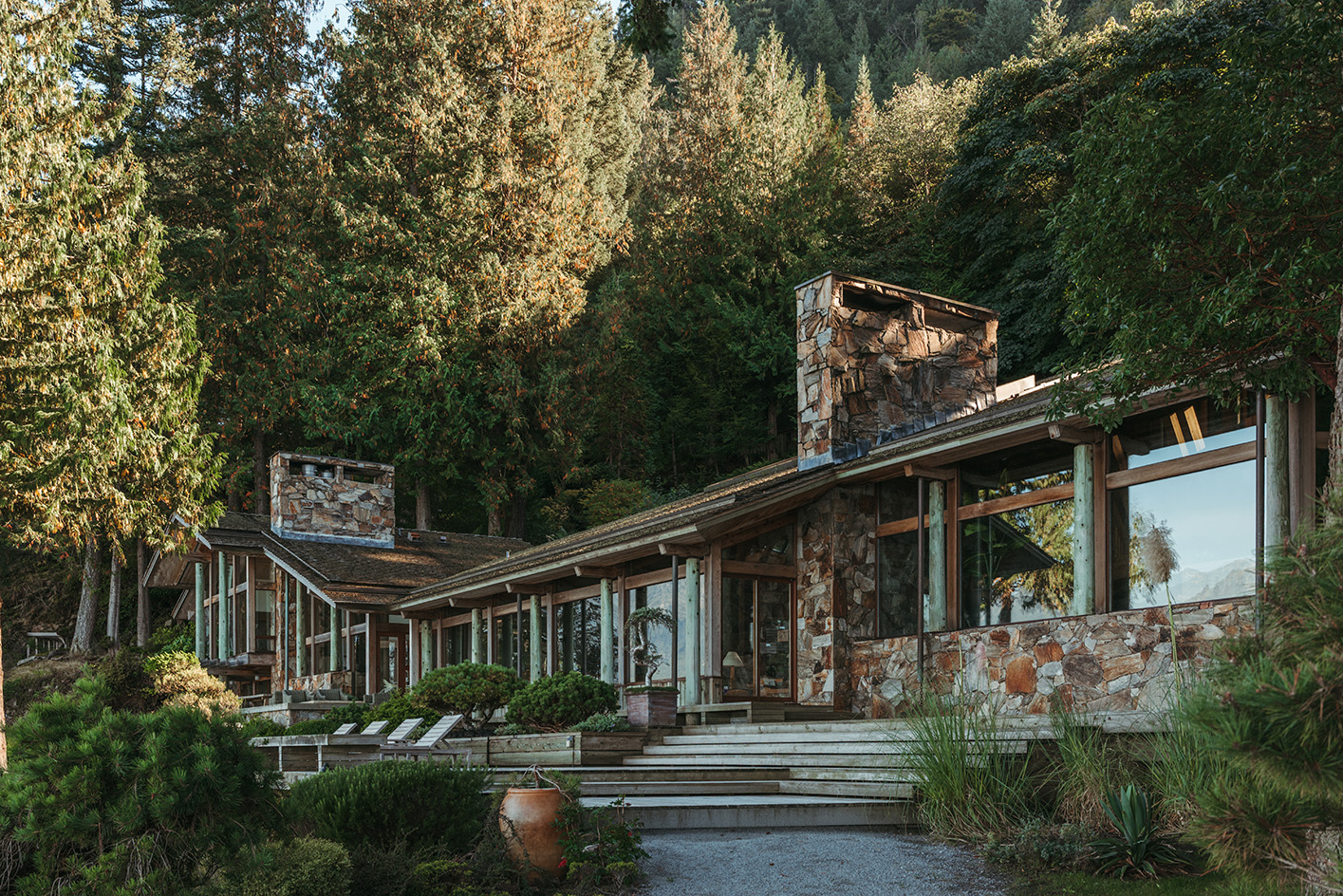 Explore the riches of Morse House, the Canadian modernist gem on the market
Explore the riches of Morse House, the Canadian modernist gem on the marketMorse House, designed by Thompson, Berwick & Pratt Architects in 1982 on Vancouver's Bowen Island, is on the market – might you be the new custodian of its modernist legacy?
-
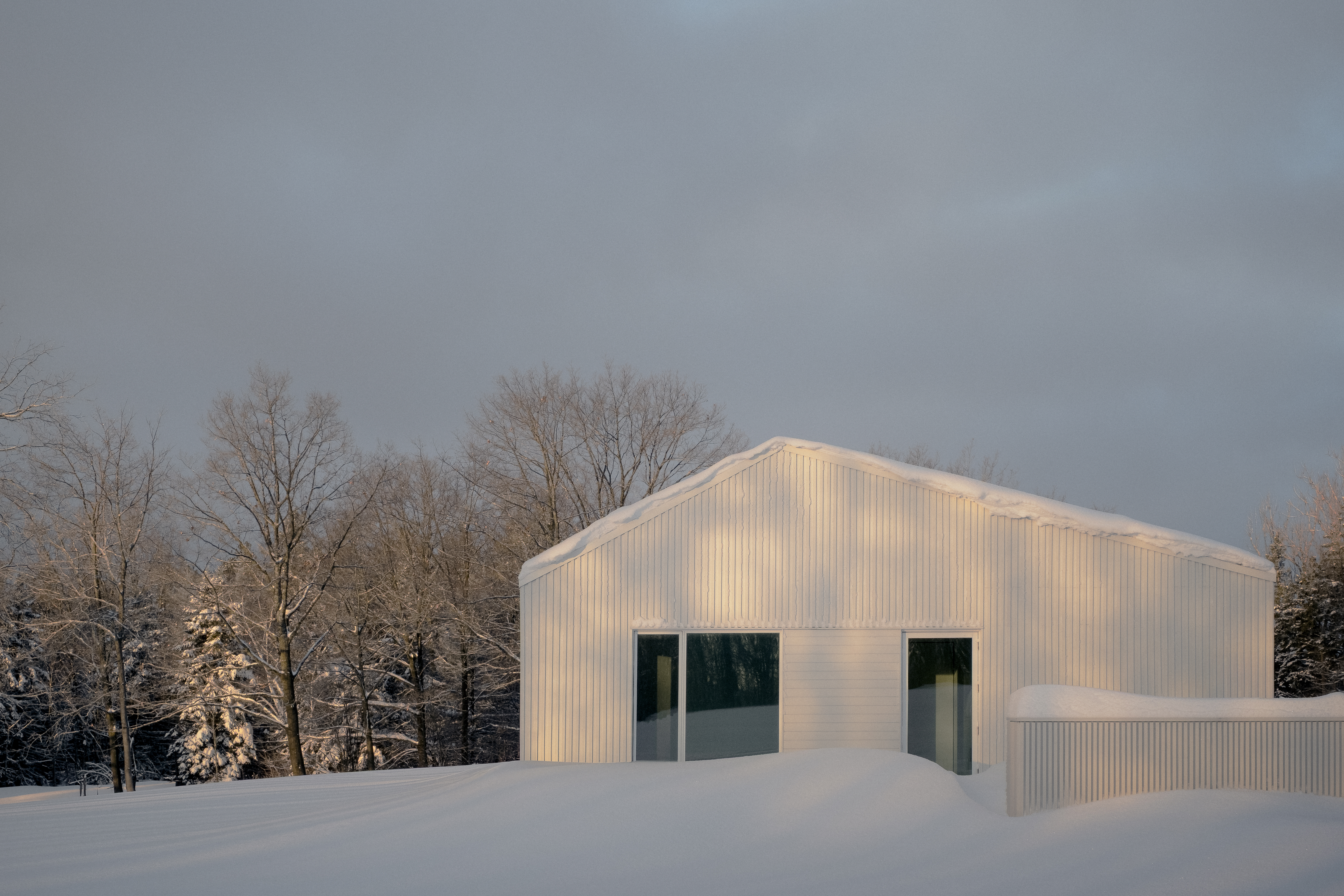 Cosy up in a snowy Canadian cabin inspired by utilitarian farmhouses
Cosy up in a snowy Canadian cabin inspired by utilitarian farmhousesTimbertop is a minimalist shelter overlooking the woodland home of wild deer, porcupines and turkeys
-
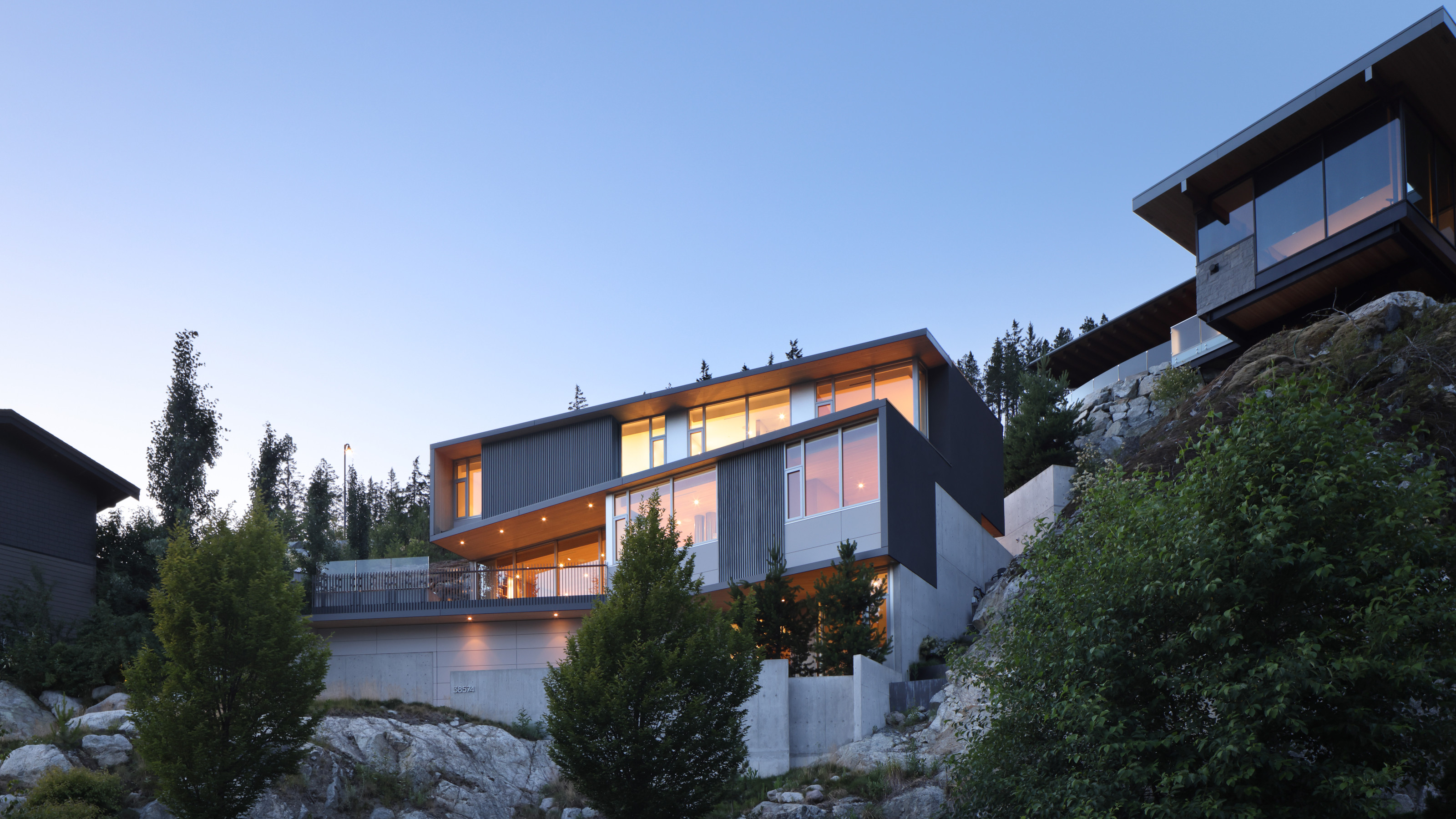 Buy yourself a Sanctuary, a serene house above the British Columbia landscape
Buy yourself a Sanctuary, a serene house above the British Columbia landscapeThe Sanctuary was designed by BattersbyHowat for clients who wanted a contemporary home that was also a retreat into nature. Now it’s on the market via West Coast Modern